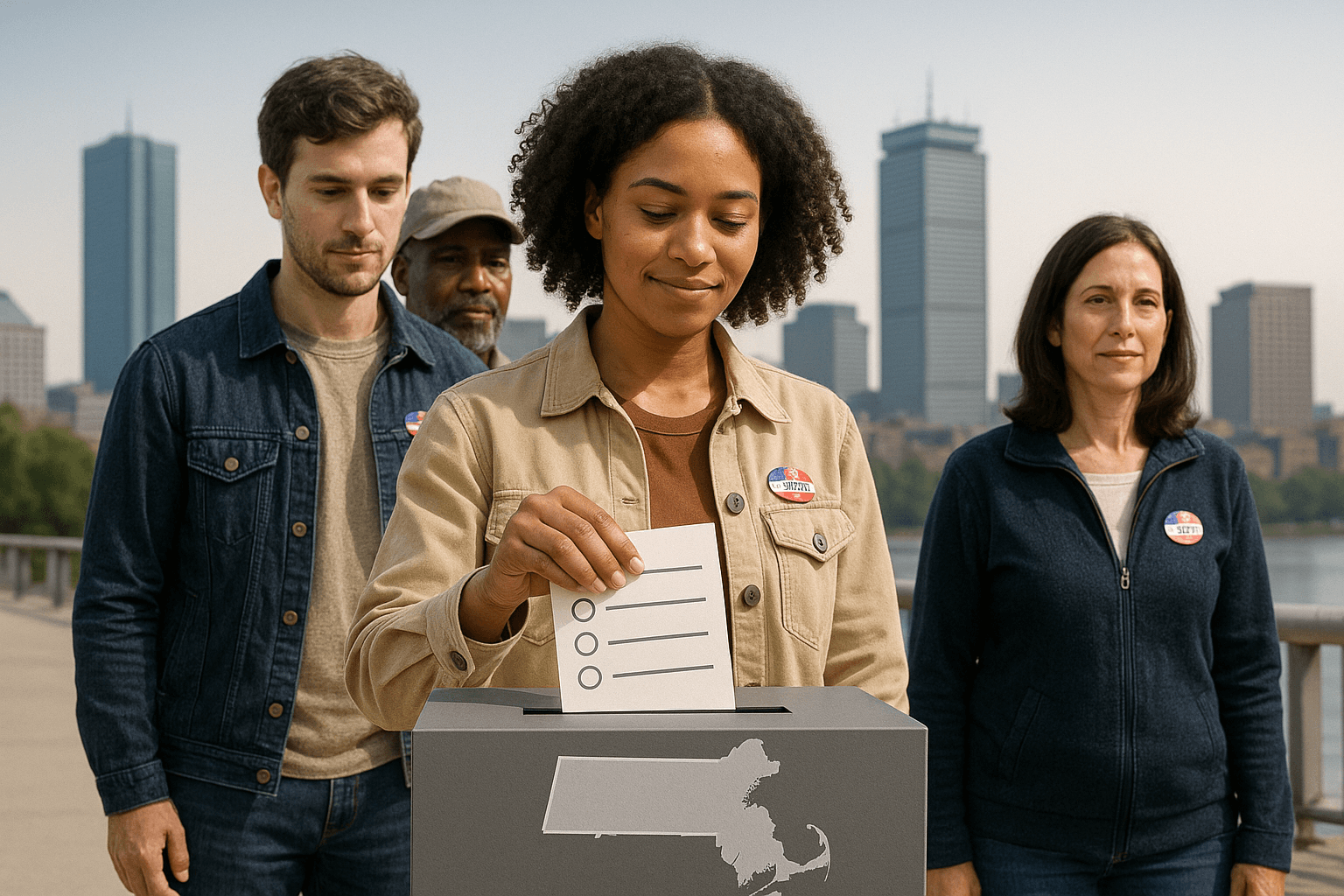Will Pennsylvania's 1.4 Million Independent Voters Be Next to Gain Equal Voting Rights?

Election reformers are celebrating the adoption of primary elections in New Mexico that are open to the state's substantial independent voter population. But there is an even larger group of independents that could soon be granted access to these critical taxpayer-funded elections in Pennsylvania.
Independent voters make up about 16% of Pennsylvania's registered voting population, and while this may not be as high as many other states, the optics look noticeably different when looking at whole number and registration trends in the state.
As of February 10, 2025, Pennsylvania had a total of 8,837,024 registered voters. This includes 3,809,467 Democratic voters (43.11%), 3,623,613 Republicans (41%), and 1,403,944 voters (15.89%) registered unaffiliated or with a minor party. This means more than 1.4 million voters are disenfranchised by closed primaries.
A white paper published by the nonpartisan better elections group Ballot PA in 2022 and updated in 2023 found that "independent voters were the fastest-growing voter segment" in Pennsylvania over the last decade, and trends show this voting bloc growing more in the near future.
Also Read: Penn. Voter Says Closed Primaries Are a Modern Version of 'Taxation Without Representation'
Ballot PA has actively lobbied the legislature to pass open primary reform.
In October 2023, the Pennsylvania House State Government Committee approved two bills — House Bill 976 and House Bill 979. Both pieces of legislation proposed allowing unaffiliated voters to choose a major party ballot in primary elections.
Neither bill eliminates the partisan structure of primary elections, but give independent voters the option to participate, much like the new open primaries law in New Mexico. And just like the New Mexico law, the goal was to encourage more voter participation.
This reform effort wasn't isolated to the State House. State Senators Dan Laughlin and Lisa Boscola also introduced Senate Bill 400, which garnered bipartisan support. None of these bills found their way to the governor's desk, but they made enough progress to show growing support for open primaries.
“Participation in Pennsylvania’s primary elections is often very low, with that low turnout, at least in part, attributed to voters feeling disenfranchised by the extremes of both major parties, who have taken control of our primary process,” said Laughlin.
“Limited primary participation isn’t a way to produce good options from which to choose in general elections. Giving more people the opportunity to have a voice in their representation is an important step toward ensuring democracy.”
According to research from the National Vote at Home Institute, Pennsylvania ranked 21st in primary turnout in 2024, despite it being one of the most contentious battleground states in a presidential election year. Laughlin and Boscola are continuing their legislative push in the current session.
The white paper from Ballot PA found that 90% of state House and Senate races are so safe for one of the two major parties that the only elections of consequence are taxpayer-funded party primaries. More specifically, the primary for the dominant party.
 Shawn Griffiths
Shawn Griffiths





